Creating Calm: Art Therapy for Managing PTSD Symptoms
Why Art Therapy Helps the Traumatized Brain
Safety Signals for the Nervous System
When you choose a calming color, repeat a soothing stroke, or feel paper beneath your fingers, your body often reads these cues as safe. Rhythmic, predictable motions can downshift hyperarousal, helping breathing deepen and shoulders drop as your mind finds a steadier tempo.
Nonverbal Memory, Gentle Expression
Traumatic memories can live in images and sensations that words struggle to hold. Art allows a side-door approach: you can sketch a storm as lines, collage boundaries with tape, or paint a sunrise of relief. Expression arrives gradually, without forcing details your system is not ready to revisit.
A Quick Science Snapshot
Studies suggest creative processes can engage brain regions linked to regulation and meaning-making. Sensory focus and bilateral movement may reduce stress responses, while externalizing experience onto a page creates distance. You step back, observe, and respond—rather than getting pulled into the wave.
Getting Started: Gentle Entry Points to Art Therapy
Choose a corner with friendly light, a stable chair, and a surface that feels safe. Keep materials in a simple box. Add a grounding object—a smooth stone, fabric swatch, or lavender sachet. The goal is predictability: a place your nervous system begins to trust every time you sit down.
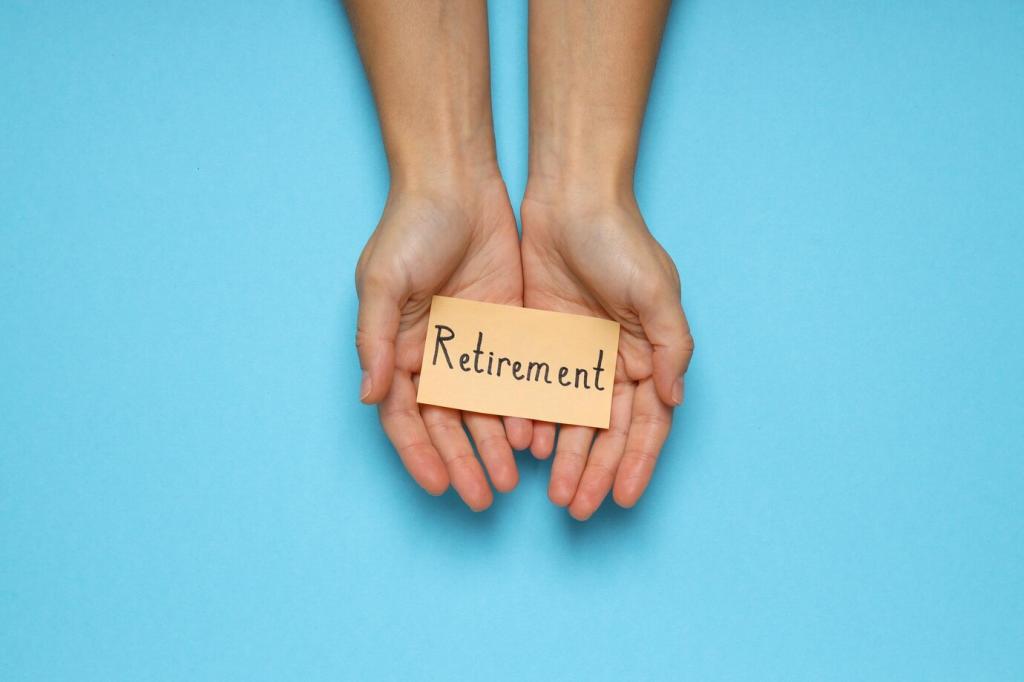
Techniques for Common PTSD Symptoms
Keep index cards with pre-cut images that feel grounding—trees, windows, sturdy hands. When a flashback threatens, glue three anchoring images onto a card, write one present-moment fact, and border the card with tape. This tactile sequence reorients attention toward safety and here-and-now details.

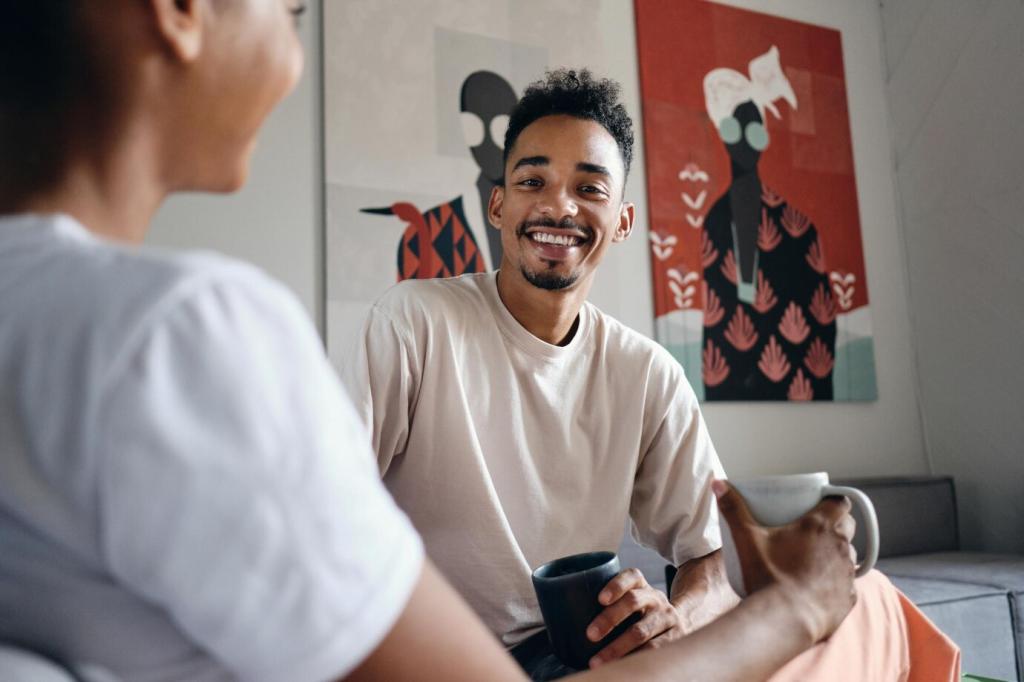
Techniques for Common PTSD Symptoms
Use a thick pencil to draw slow, looping figure eights across the page, matching the motion to your breath. Choose a consistent tempo song and fill the background with repeating dots. Repetition calms startle responses and offers the nervous system a predictable pattern to follow.
The Moment of Overwhelm
Maya woke at 3:17 a.m., heart sprinting, the old panic loud. Instead of bracing against it, she reached for her sketchbook and a dull pencil, the one with teeth marks. The page waited without judgment, and the lamp’s soft circle felt like a tiny harbor in the storm.
The Art Response
She sketched a shoreline, one slow line for every breath. Each wave’s curve matched her exhale; each pebble grounded attention in texture. Ten minutes later, she taped the page’s edges, adding a steady frame. The ritual told her body, “We are here, now, and we can move gently.”
The Aftermath and Learning
Mornings stayed mornings—imperfect and human—but the sketch became a bridge. Over weeks, her startle softened, and coffee tasted like coffee again. She shared the practice with a friend, and they texted photos of framed pages. If this resonates, tell us your ritual and subscribe for weekly prompts.
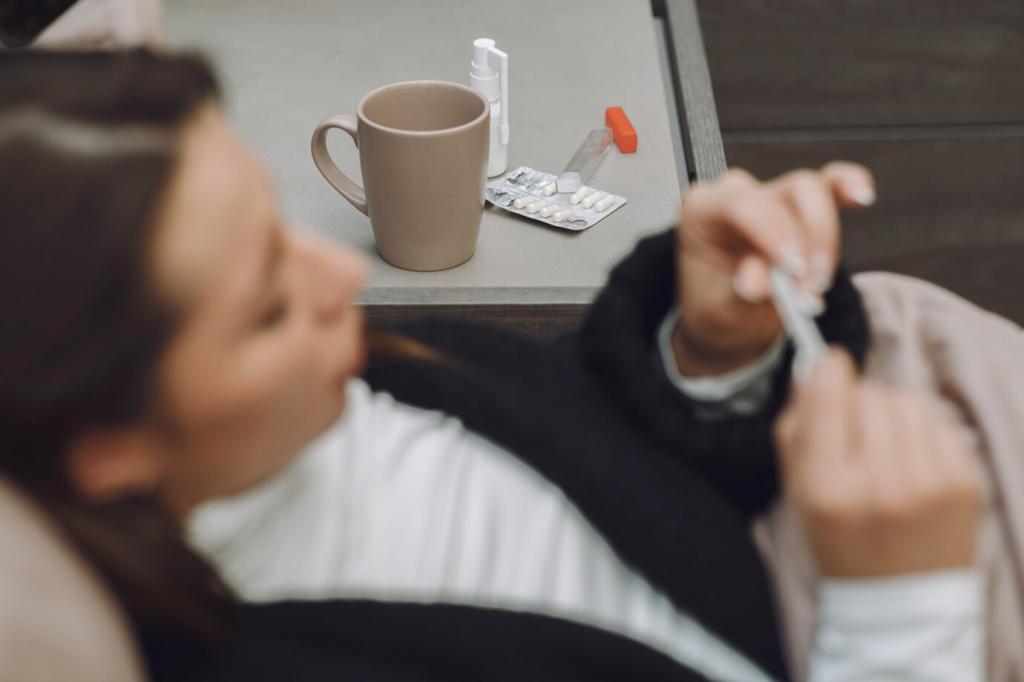
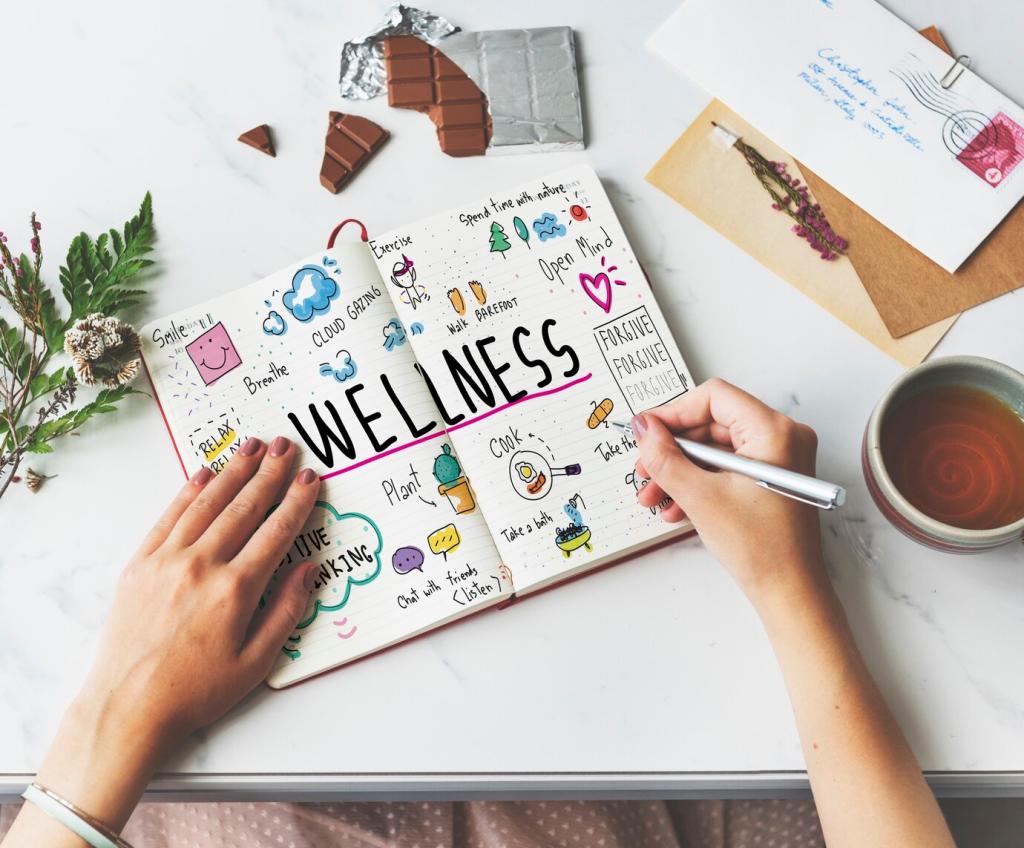
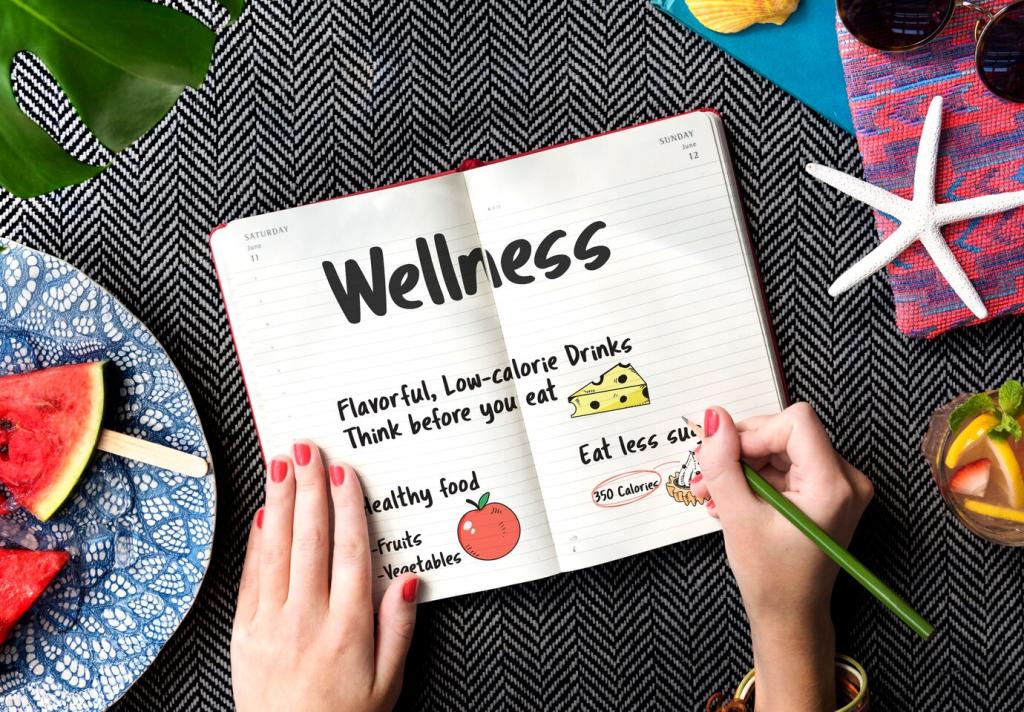
Share with Boundaries
When posting artwork, share the process rather than graphic details. Use content notes and choose what stays private. Ask for the kind of feedback you want—gentle encouragement, practical tips, or simple witnessing. Your safety and agency matter more than any finished piece or technique.
Build a Weekly Circle
Invite a friend to a thirty-minute virtual art date. Begin with grounding, create in silence for ten minutes, then share one sentence about the experience. Consistency nurtures trust, and tiny groups keep things manageable. Tell us your preferred times so we can match you with peers.
Subscribe for Prompts and Check-Ins
Join our newsletter for Friday prompts, printable cards, and gentle check-ins. We feature reader stories, therapist Q&As, and seasonal themes that honor real life. Hit subscribe, reply with topics you need most, and help shape a resource that truly supports your journey.
